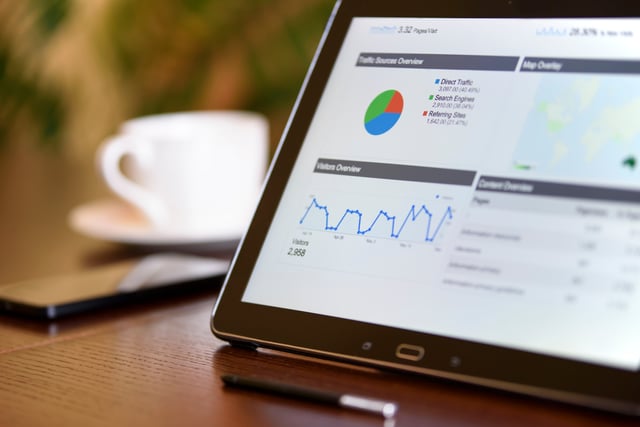When team leaders are not with their field teams, it can be difficult to measure certain aspects of work performance. Metrics such as customer engagement and territory coverage are important to measure, but are often an afterthought for managers who don’t have the resources to track them. With the arsenal of mobile tools available to team leaders today, measuring and analyzing those metrics is now an affordable reality. Field reps can collect data constantly in the field, whether interacting with customers or on the move. That data can then be visualized and used to predict trends that are developing in the business. KPI’s will be business-specific the majority of the time, but these 4 KPI’s can be applied to nearly any organization that uses field teams.
1. Customer/Employee Satisfaction
Plenty of organizations are measuring employee satisfaction and many more track customer satisfaction, but not many organizations think to look at the two side-by-side. The morale of an organization’s employees has a direct correlation with customer happiness. If employees working in the field aren’t happy, not only does their performance suffer, but their demeanor may be off-putting to customers who don’t want to deal with a grumpy worker. Managers should still measure each of these metrics individually, but a side-by-side comparison can paint a much bigger picture.
2. Employee Communication Time
For reps in the field, communication is the key to preserving structure. Managers should be communicating regularly with their reps, and coworkers should be speaking regularly to build team bonds and communicate important information. Whether employees are posting to a communal message board or chat room, making phone calls to each other, or video conferencing, there are ways to measure exactly how much communication is happening. To find out the average communication time between employees, take daily work hours and subtract out time spent with customer interaction. Then add up all employee communication and divide it by the previous number. The closer this number is to 1, the closer employees are to complete communication.

3. Photos per Customer
With field activity management software on mobile devices, employees can take photos of what they are seeing or doing in the field. Using this technology, managers can check merchandising displays, store cleanliness, and collect proof regarding retail compliance with their product. Under-utilizing such a valuable tool is not something that businesses or reps should fall into the habit of doing, and a “photos per customer” KPI is the way to make sure they don’t. Another easy metric to keep track of, simply divide the number of total photos taken by any employee and divide it by the total number of customer visits. The minimum number managers should reach for with this metric is 1, but a ratio higher than 2 photos per visit is fantastic.
4. Territory Coverage Vs. New Leads
It may be that in a race to finish their field territory by a certain deadline, employees are sacrificing customer satisfaction. This sort of thing can be hard for managers and team leaders to pick up on if employees are not communicating that there is a problem. Managers should look at the amount of territory coverage each employee is achieving monthly or weekly, and compare it with the number of new leads. If there is an imbalance between these two statistics across the board, there is a problem with the current system, and the organization may need to decrease or expand territories.
Without technology such as field activity management software collecting large amounts of data was an impossible dream. Now, small businesses and entrepreneurs have access to powerful data collection and analytics tools which act as predictors of growth or decline in different areas. Determining what areas of a business are most important and then implementing the associated KPI’s is a powerful way to optimize field operations.



.png?width=480&height=252&name=PRESS%20RELEASE-2%20(4).png)

